Why is Delphi optimistic about Initia? The first truly unified application chain network

Reprinted from jinse
02/27/2025·2MAuthor: Stacy Muur, Web3 researcher; Translated by: Golden Finance xiaozou
If Ethereum is a "world computer", then Initia is a "world conductor" - allowing the application chain to resonate harmoniously.
Initia stands out in the agreement that is expected to dominate the Web3 landscape in 2025. What makes it so special? Why can it continue to attract the attention of top researchers? The content of this article is based on Delphi's Initia research report and is attached to the author's own observations and insights.
1. Background introduction
Appchains aims to provide customization, scalability and sovereignty advantages, but unexpectedly creates a fragmented ecological silo. Each chain is running independently, with liquidity scattered on more than 100 chains. Users have to perform cross-chain operations 3-4 times a week to obtain basic services.
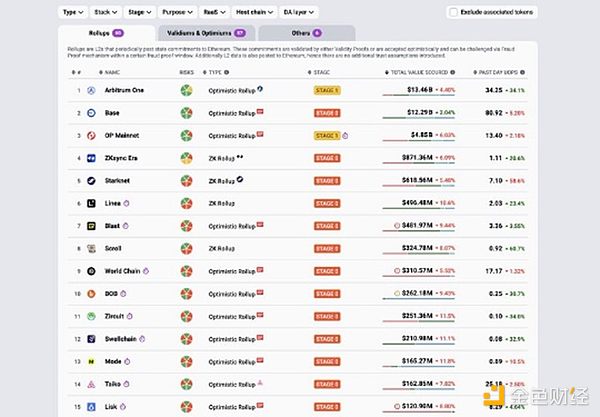
What's worse is the " naked chain " phenomenon: these chains lack core infrastructure such as oracles, cross-chain bridges, indexers, etc., just like cities without public facilities, they look glamorous but difficult to use.
The user experience remains in 2017: users need to manage at least 5 wallets and multi-chain Gas tokens, and each new chain needs to be re-adapted to different UI interfaces and interactive logic.
Although it is 2025, interoperability is like a network that forgets how to connect.
2. Historical reflection
Cosmos introduces the concept of application chains to empower developers with sovereignty and professionalism, but faces three major challenges:
• Verifier startup puzzle: New chain startup requires the formation of a strong team of validators, requiring technical expertise and high economic incentives, resulting in token inflation.
• IBC token fragmentation: Cross-chain transfer of assets will generate duplicate tokens (such as ChainA USDC ≠ ChainB USDC), resulting in inefficient liquidity.
• Liquidity decentralization: Cosmos hubs fail to play a central routing role, giving birth to multiple competitive hubs, making it difficult for a single chain to obtain the necessary network effects
Cosmos' application chain theory is correct, but it lacks strong collaborative incentives, which ultimately leads to competition between chains rather than forming a unified ecosystem.
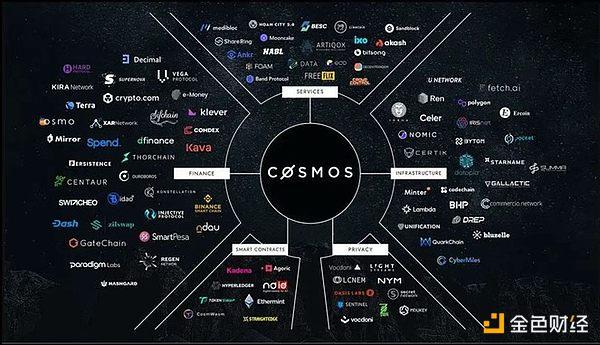
3. Ethereum Rollup Challenge
Ethereum's Rollup solution has advantages as a real application chain, but also faces key challenges:
• Restricted interaction across Rollup: Rollup usually runs in isolation, and transfers across Rollup rely on third-party bridging, resulting in liquidity fragmentation and inconsistent asset standards.
• Third-party dependencies: Key functions such as bridges, oracles, and stablecoins are not native and are forced to rely on external suppliers.
The current ecosystem urgently needs a solution, which can:
• Unify interoperability standards for different application chains.
• Provide built-in infrastructure (bridge, oracle, liquidity) to avoid "repeated wheels".
• Establish incentive mechanisms so that new chain startups can enhance rather than weaken the overall network.
4. Initia debuts: Inter-engineering Rollup Network
Initia combines the advantages of Cosmos and Ethereum Rollup architecture, providing a full-stack framework that eliminates fragmentation while maintaining customization.
Initia provides full-stack solutions : its Layer1 coordination layer is responsible for security, governance and liquidity coordination, and Layer2 Rollup (Minitias) provides high-speed scalable execution. Developers can launch customized Rollup without worrying about liquidity fragmentation or interoperability barriers, making Initia the first truly unified application chain network while enabling scalability and seamless cross-chain collaboration .

Initia's framework addresses these core issues through four pillars , which together provide the "strongest" application chain to date.
(1) Pay great attention to user and developer experience
Problem: The current integration ecosystem forces developers to build critical infrastructure from scratch. Teams deploying with existing rollup stacks or RaaS providers only have access to basic tools and then face the expensive burden of integrating bridges, oracles, block detectors, wallets and other necessary components.
Initia Solution: Before the mainnet is launched, Initia disrupts this model by prioritizing a fully integrated ecosystem.
• Complete tool suite: Initia Scan (browser), Initia App (asset board), .init domain name system, multi-eco wallet support.
• JIT-based Gas abstraction: Supports arbitrary token payments.
• Native USDC integration supported by Noble and Circles CCTP.
• Standardized cross-Rollup communication (IBC+LayerZero).
• Single slot finality: L1-L2 seconds confirmation.
• The built-in liquidity of L1 layer implemented by MinitSwap.
This approach means developers can focus on building applications, not infrastructure.
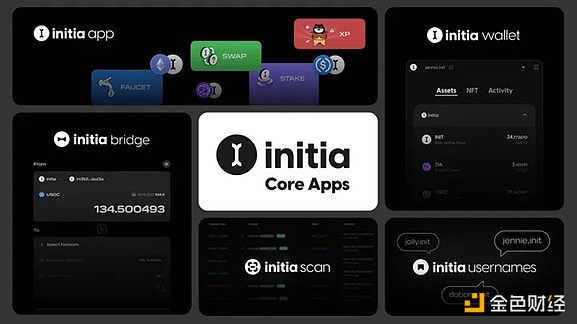
(2) Effective cross-rollup interoperability
Problem: Transferring assets between different chains is a nightmare for users. Either wait for several days to successfully withdraw money (more than 7 days in optimism) or risk using third-party bridges. In Cosmos, sending tokens through multiple chains creates different versions of the same token, thus dispersing liquidity.
Initia ' s solution: Ensure liquidity at the bottom.
One coin and multiple chains : Initia L1 acts as a central hub to standardize the assets in the rolled. Send ETH from EVM rollu to Cosmos chain? It will automatically convert to the correct token standard (ERC-20 ↔ CW-20) without third-party bridging services.
Instant withdrawal : Initia L1 has built-in MinitSwap AMM that allows users to rollup instantly. No need to wait 7 days. Need to withdraw cash? The L2 tokens will be seamlessly converted to L1's INIT through Peg Keepers, maintaining a fixed exchange rate of 1:1.
(3) "Modular" Rollup Stacks
Problem: The existing Rollup framework forces teams to make a lot of infrastructure decisions: selecting DA layers, bridging vendors, interoperability solutions, etc. These choices often lead to incompatibility between Rollups, resulting in fragmented and poor user experience. At the same time, the team wastes valuable resources on infrastructure decisions rather than focusing on application uniqueness.
Initia Solutions: Initia's "modular" stack allows customization in key areas while standardizing core components:
Fixed components: high-quality default configuration—native oracle (Connect), built-in AMM (InitiaDEXw/MinitSwap), unified bridge (IBC+LayerZero), CelestiaDA layer, CometBFT consensus (10k+TPS/500ms block output).
Flexible execution: Developers can choose EVM, MoveVM or WasmVM based on their familiarity and needs.
Configurable sorting: default centralized, supports the implementation of multiple sorters through CometBFT.
Advanced features: POB (protocol own builder) integrates Skip protocol to capture MEVs, and Protorev extracts non-toxic MEVs.
(4) Ecological incentive plan (VIP)
The Ethereum application chain utilizes Ethereum security and brand, but rarely feeds back to the ecosystem. Although the Cosmos chain is sovereign, it competes for liquidity and users like a hostile tribe. The result is that ecological fragmentation is achieved, and each chain puts short-term token speculation in front of long-term collaboration.
Initia Solutions:
Eco-Incentive Program (VIP): Rollup earns esINIT (custodial tokens) based on two indicators. One is a balanced pool, which is used to track the total value of INIT locked in the ecosystem (TVL), and the other is a weight pool, which measures user participation through governance voting (such as users "voting" for their favorite Rollup).
Rollup cannot cash out and leave the scene. By binding rewards to long-term attribution, Initia ensures that projects have financial incentives to stay in the ecosystem and promote their development.
Governance game: Rollup "bribes" INIT holders (via tokens, privileges, etc.) vote for them. The more votes you get, the more esINITs Rollup earns from the VIP plan.
This creates a flywheel effect: better applications → attract more users → user votes to support → rewards increase → application further improvements.
For example: imagine Uniswap needs to lobby Ethereum holders (not just UNI voters) to earn protocol rewards. The governance game forces Rollup to collaborate with the wider community, not just its own small circles.
This approach ensures that Rollup is rewarded for contributing to the overall growth and liquidity of the network, rather than operating in isolation.
5. Future development
(1) Development Roadmap
•The main network is online in March 2025
•Deploop deployment immediately after the main network is online
•Extended VIP program to inspire ecological growth
•Integrate more external links through LayerZero and IBC connections
(2) Financing situation
• Public financing of US$2.5 million (Echo)
•The Series A financing valuation is US$350 million (invested by DelphiVentures)
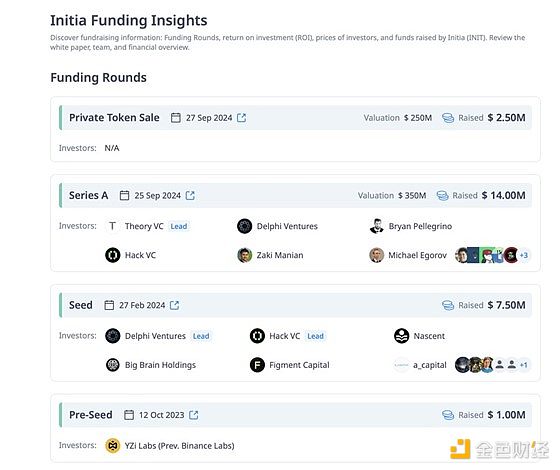
(3) Ecological application
• Blackwing: Leveraged trading agreement, TVL is growing rapidly.
•MilkyWay: Liquid staking and re-staking markets, with strong growth.
•Civitia: On-chain social gaming platform involving virtual land and benefits.
•Echelon: A high TVL lending protocol designed to support multiple VMs.
•Intergaze: Stargaze eco-NFT startup platform.
For example, there are more applications.
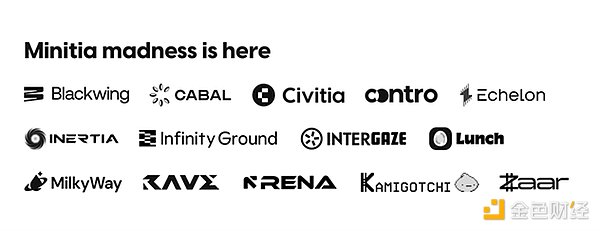
The Initia ecosystem follows a strategic cycle and solves key obstacles in the application chain:
Infrastructure → Application: Pre-built tools provide everything developers need to eliminate infrastructure barriers.
Application → User: Funding, cross-marketing and liquidity mining guide users to adopt and help projects gain attention quickly.
Mobility → Network Effect: Built-in AMM and VIP rewards integrate ecological TVL to create self-enhanced cycles, and local growth strengthens the entire network.
If Ethereum is a "world computer", then Initia is a "world conductor" - allowing the application chain to resonate harmoniously.


 chaincatcher
chaincatcher
 panewslab
panewslab